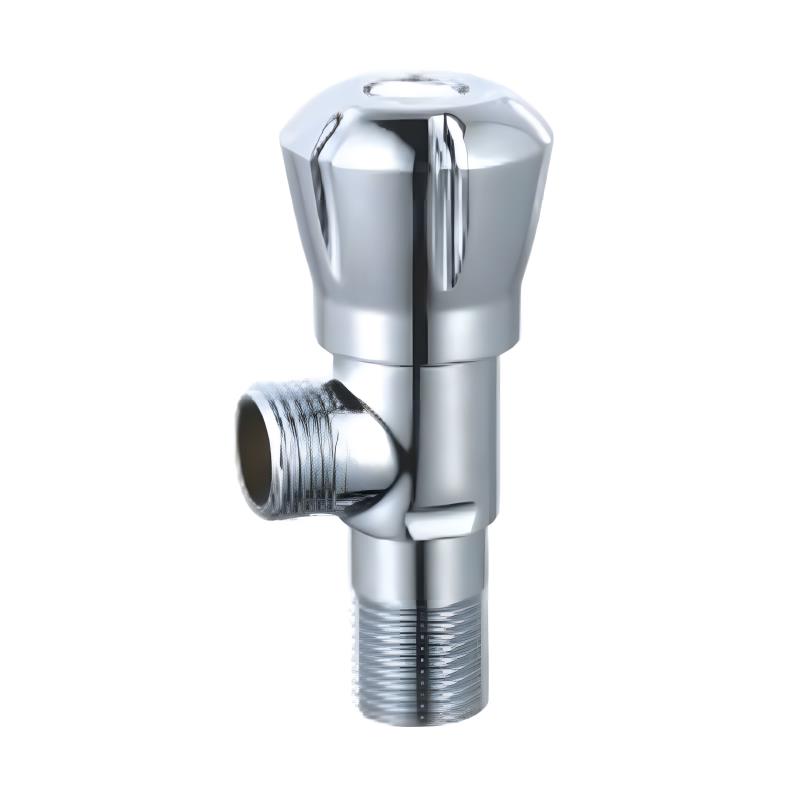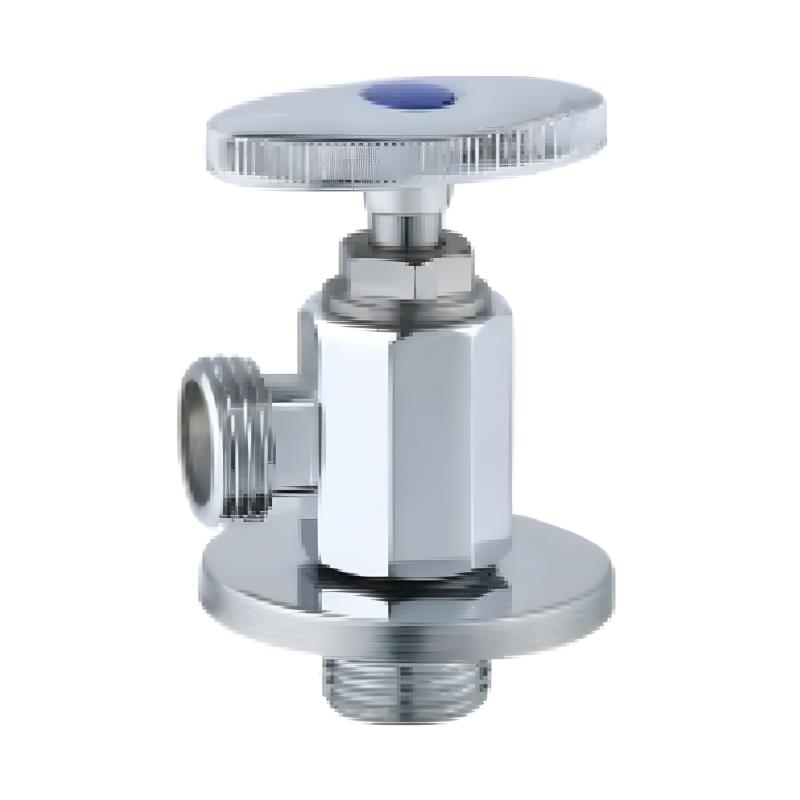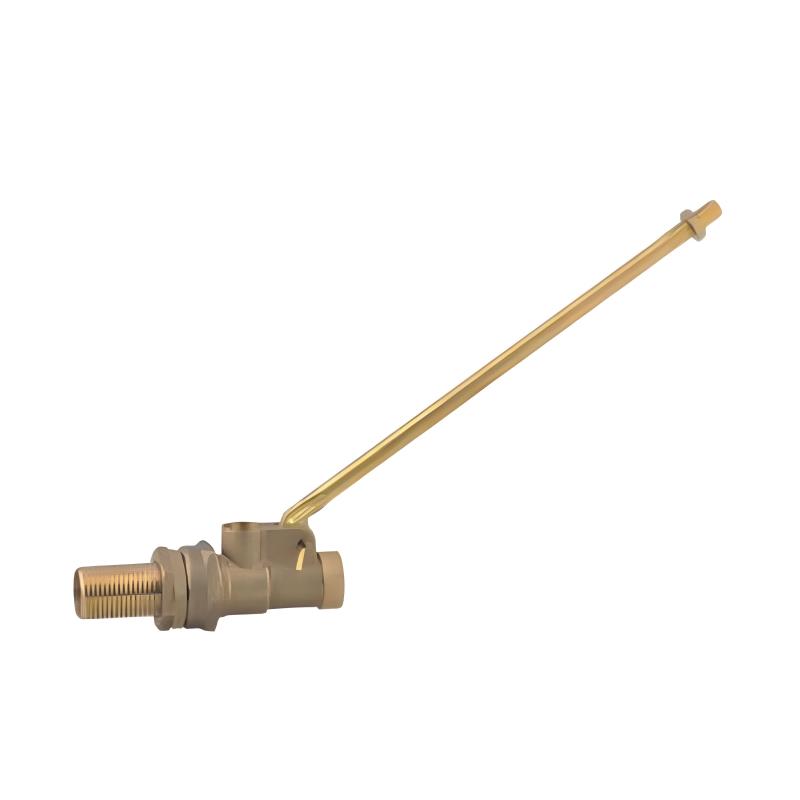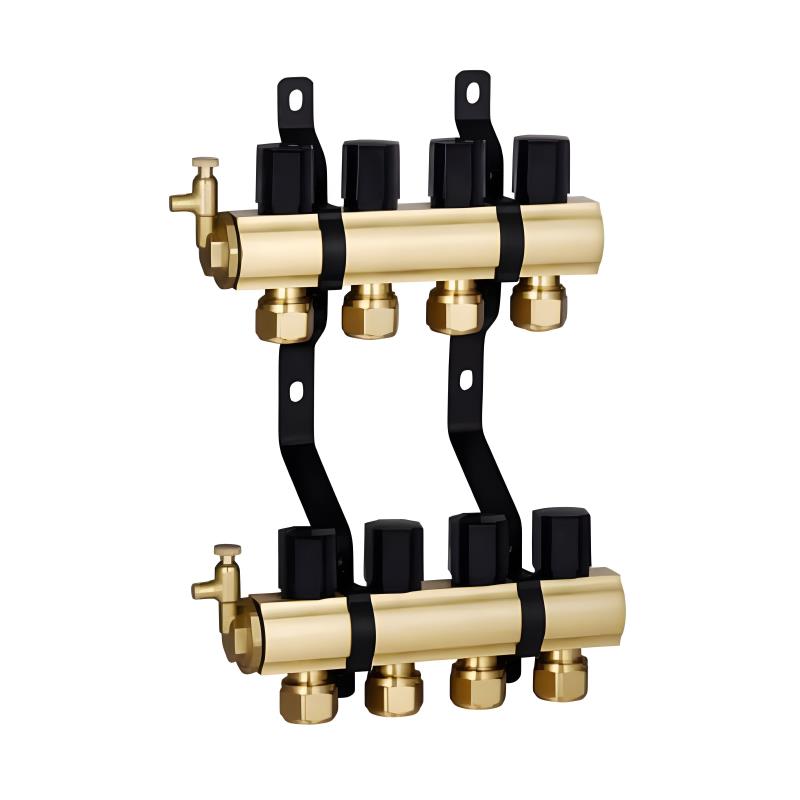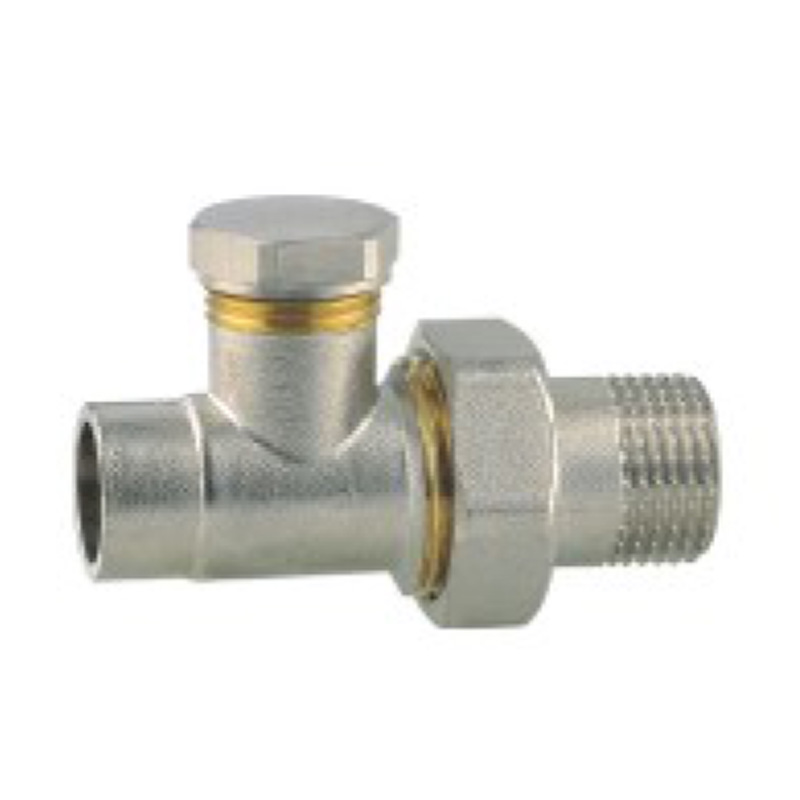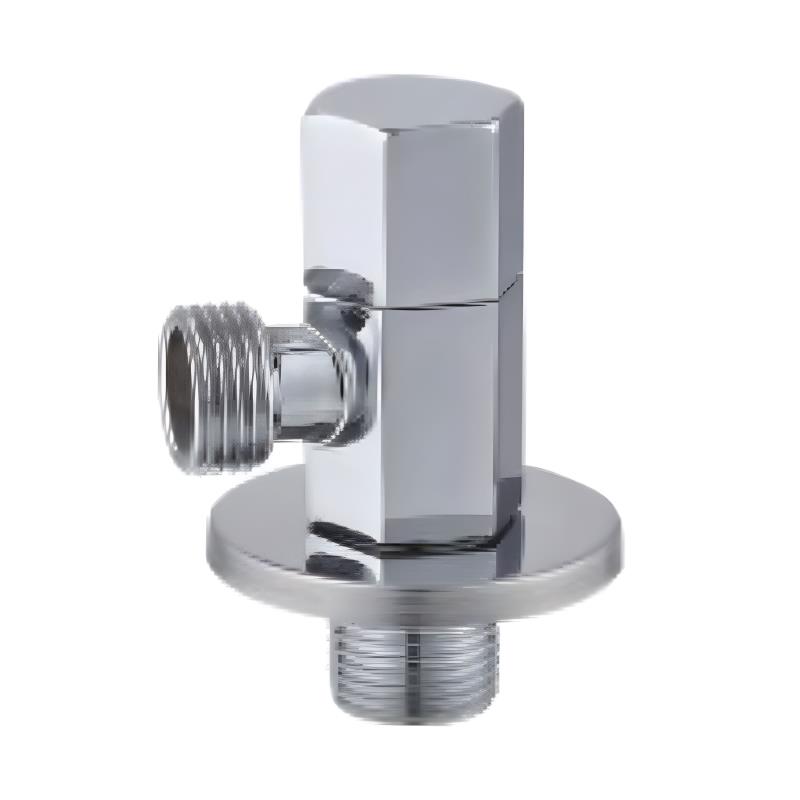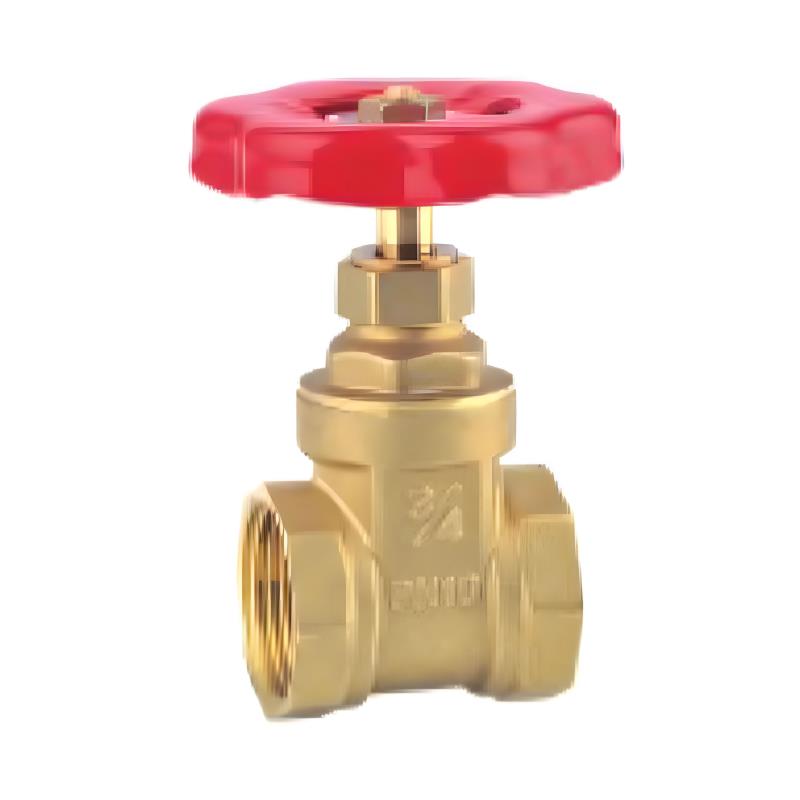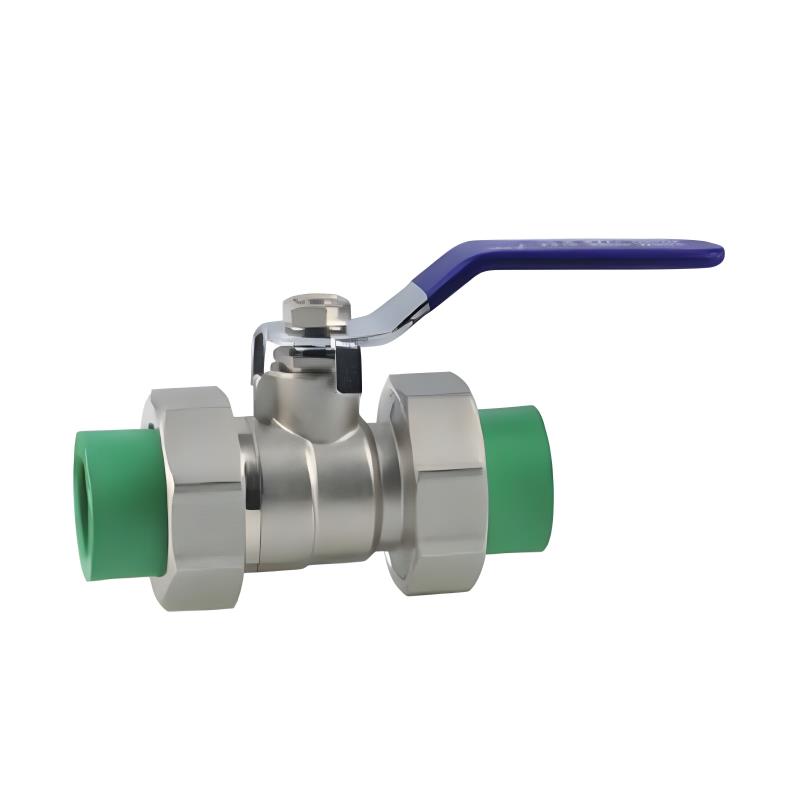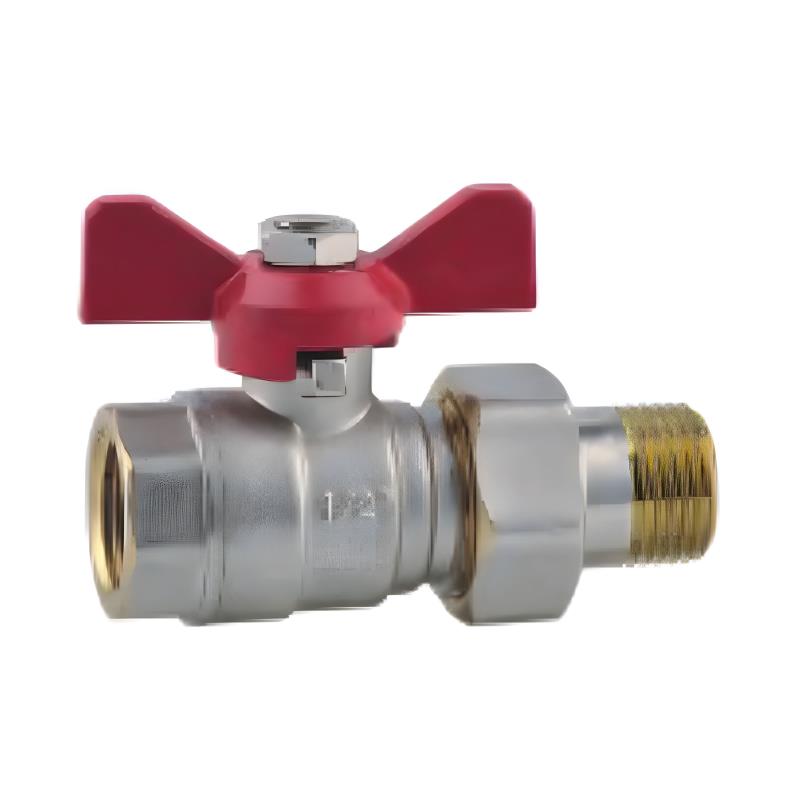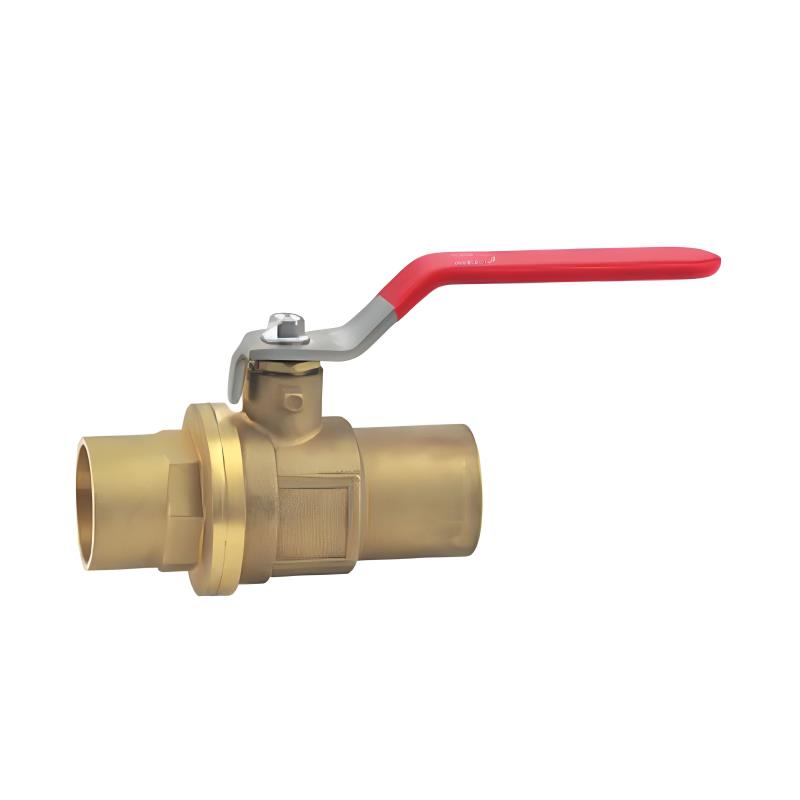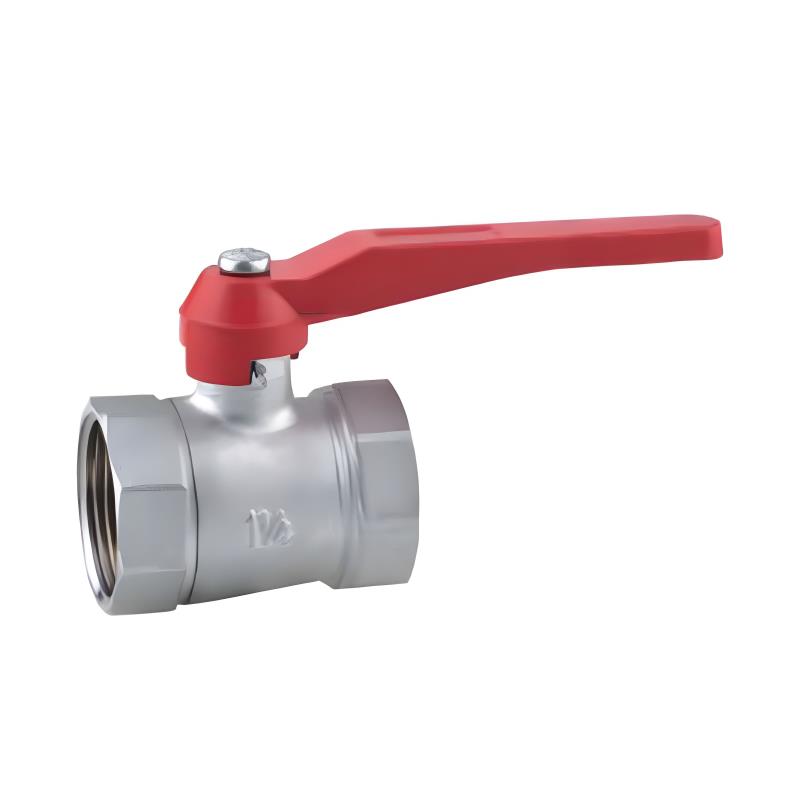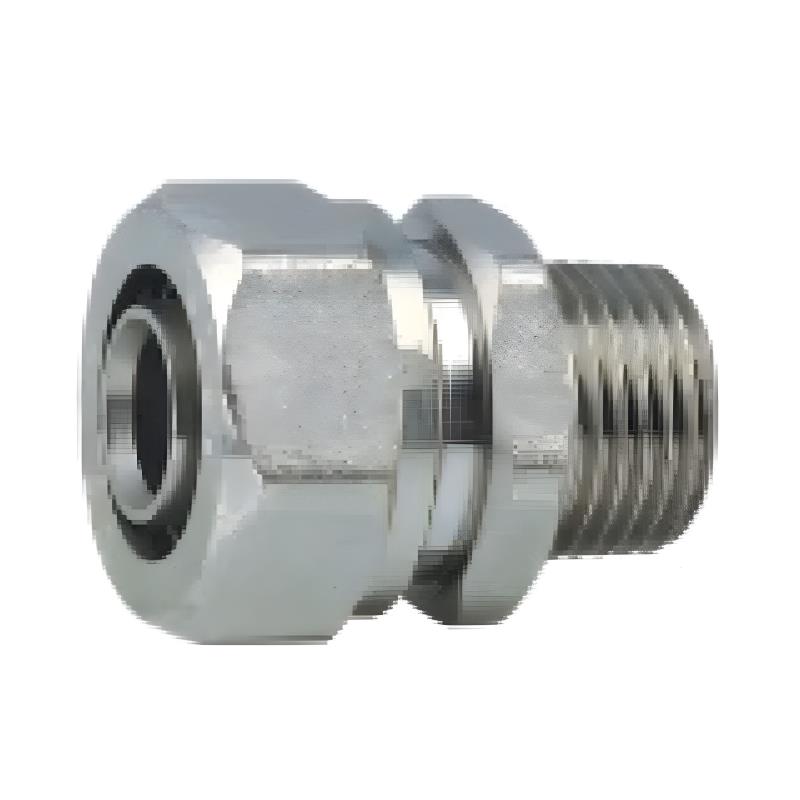Submit feedback
The Versatility and Durability of Bibcock Valves in Modern Plumbing Systems
Sale brass ball bibcock valve Factory
In the evolving world of plumbing, bibcock valves have proven themselves as indispensable components in a variety of residential, commercial, and industrial applications. These valves, also known as hose bibs, are designed to control the flow of water into pipes, often facilitating water delivery for irrigation systems, washing areas, and outdoor faucets. Their simple yet effective mechanism ensures ease of use, and their versatility across different environmental conditions makes them a popular choice for professionals and homeowners alike. This article delves into the key features that define the robustness and adaptability of bibcock valves, including their temperature tolerance, pressure resistance, and corrosion resistance.
A primary factor that dictates the longevity and effectiveness of bibcock valves is their ability to withstand a wide range of temperatures. For outdoor installations, especially in areas with extreme weather conditions, the bibcock valve must be able to endure both freezing winter temperatures and scorching summer heat.
Manufacturers produce bibcock valves with materials that can endure freezing temperatures, preventing the valve from cracking or becoming damaged. These valves often incorporate frost-free designs, where the valve stem extends inside the building's warm space, ensuring that water inside the valve remains above freezing. In contrast, bibcock valves used in hot environments are made from heat-resistant materials, such as brass or stainless steel, ensuring that they do not warp or degrade under intense heat. As such, the temperature range of bibcock valves is an important consideration, especially for systems that need to perform reliably in both hot and cold climates.
In addition to their temperature adaptability, bibcock valves must also be designed to withstand varying levels of water pressure. Water systems, depending on their source, can often generate pressures that reach high levels. A bibcock valve must be able to handle these fluctuations without compromising its integrity or performance.
Valves that fail to withstand excessive pressure can result in leakage or complete failure, rendering the entire system ineffective. As a result, high-quality bibcock valves are crafted with robust sealing mechanisms and pressure-resistant materials. These valves are often rated for specific pressure levels to ensure optimal performance without risk of malfunction. In residential applications, the pressure tolerance might range from 1 to 10 bar, while industrial bibcock valves may be rated for even higher pressures. By understanding the pressure tolerance of a bibcock valve, homeowners and professionals can choose the right type for their specific plumbing needs.
One of the most critical aspects of any plumbing system is the valve’s resistance to corrosion. Bibcock valves are often exposed to harsh environments, particularly when used in outdoor or industrial settings where exposure to water, chemicals, or seawater is frequent. Over time, corrosion can compromise the function of a valve, resulting in leaks, reduced water flow, or even complete failure.
To address this challenge, modern bibcock valves are manufactured using materials with superior corrosion resistance. Stainless steel, brass, and specially coated materials are commonly used for their ability to withstand rust and corrosion. In environments where exposure to saltwater is common, bibcock valves with anti-corrosive coatings, such as chrome plating, are often employed to extend their service life. The resistance of these valves to chemical corrosion is particularly important in agricultural or industrial settings where the presence of chemicals can cause rapid deterioration of less durable materials.
Additionally, bibcock valves designed for coastal environments may include further protective measures, such as the use of titanium or specialized alloys, which offer exceptional resistance to saltwater corrosion. This makes bibcock valves an ideal choice for use in coastal irrigation systems, industrial water processing plants, and marine applications.
The versatility of bibcock valves is another reason for their widespread adoption. They are commonly used in a wide variety of applications, from residential homes to commercial facilities and even large-scale industrial setups. Outdoor faucets, garden irrigation systems, washing machines, and water tanks are just a few examples of where bibcock valves are indispensable.
One key advantage of these valves is their simplicity. Their design allows for easy installation and maintenance, which is essential for ensuring that they continue to perform effectively over time. Whether it's a basic outdoor faucet in a home or a high-capacity valve in an industrial setting, the ease of use and reliability of bibcock valves have made them a go-to choice for professionals.
In conclusion, bibcock valves are integral components in plumbing systems across the world. Their ability to handle a broad range of temperatures, resist high pressures, and withstand corrosive environments makes them ideal for diverse applications. Whether you are installing a valve in your home or industrial facility, understanding the specific requirements for temperature, pressure, and corrosion resistance is essential in selecting the right bibcock valve for the job. With advancements in materials and design, bibcock valves continue to evolve, ensuring that they remain a reliable and durable option for all types of plumbing systems.
Choosing the right bibcock valve is a critical decision that directly impacts the overall performance and longevity of any plumbing system.
 +86-13989680588
+86-13989680588 graylin@hongjiavalve.com
graylin@hongjiavalve.com 
